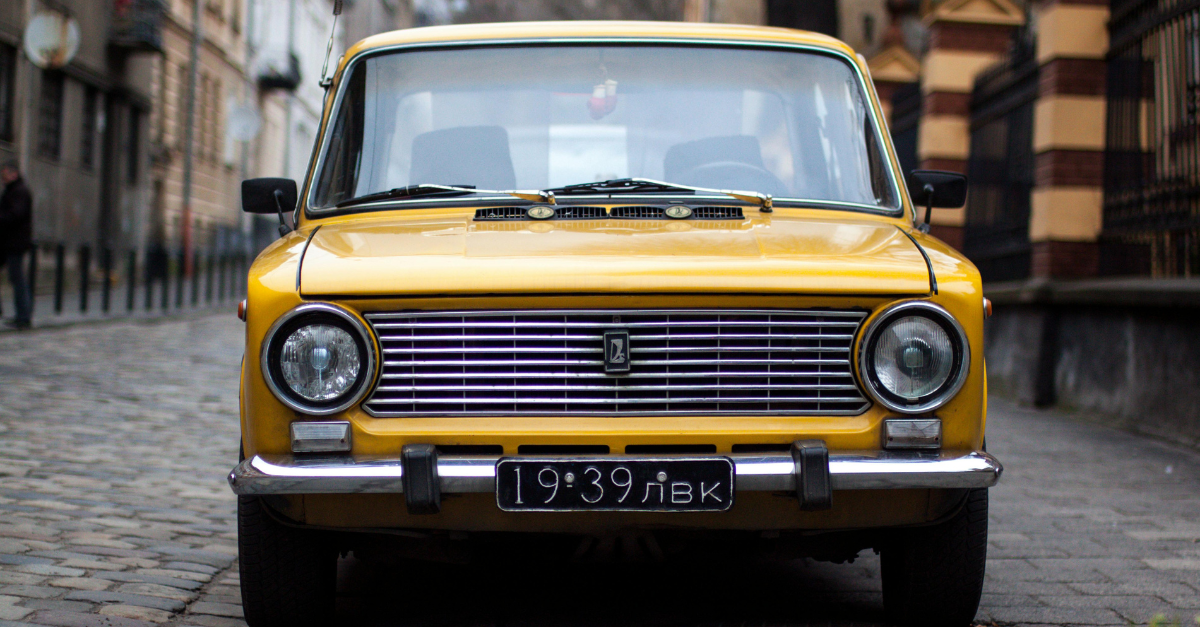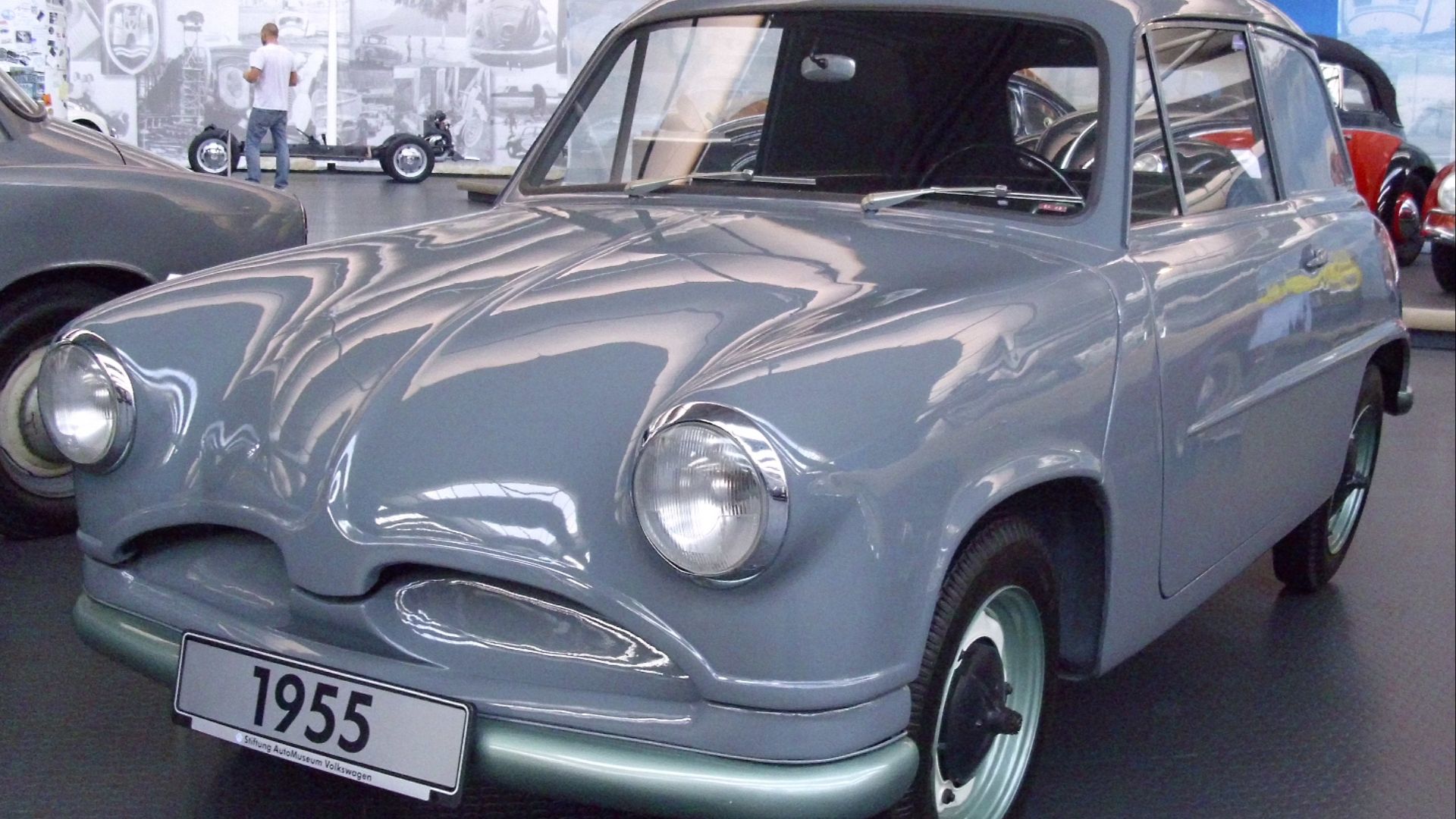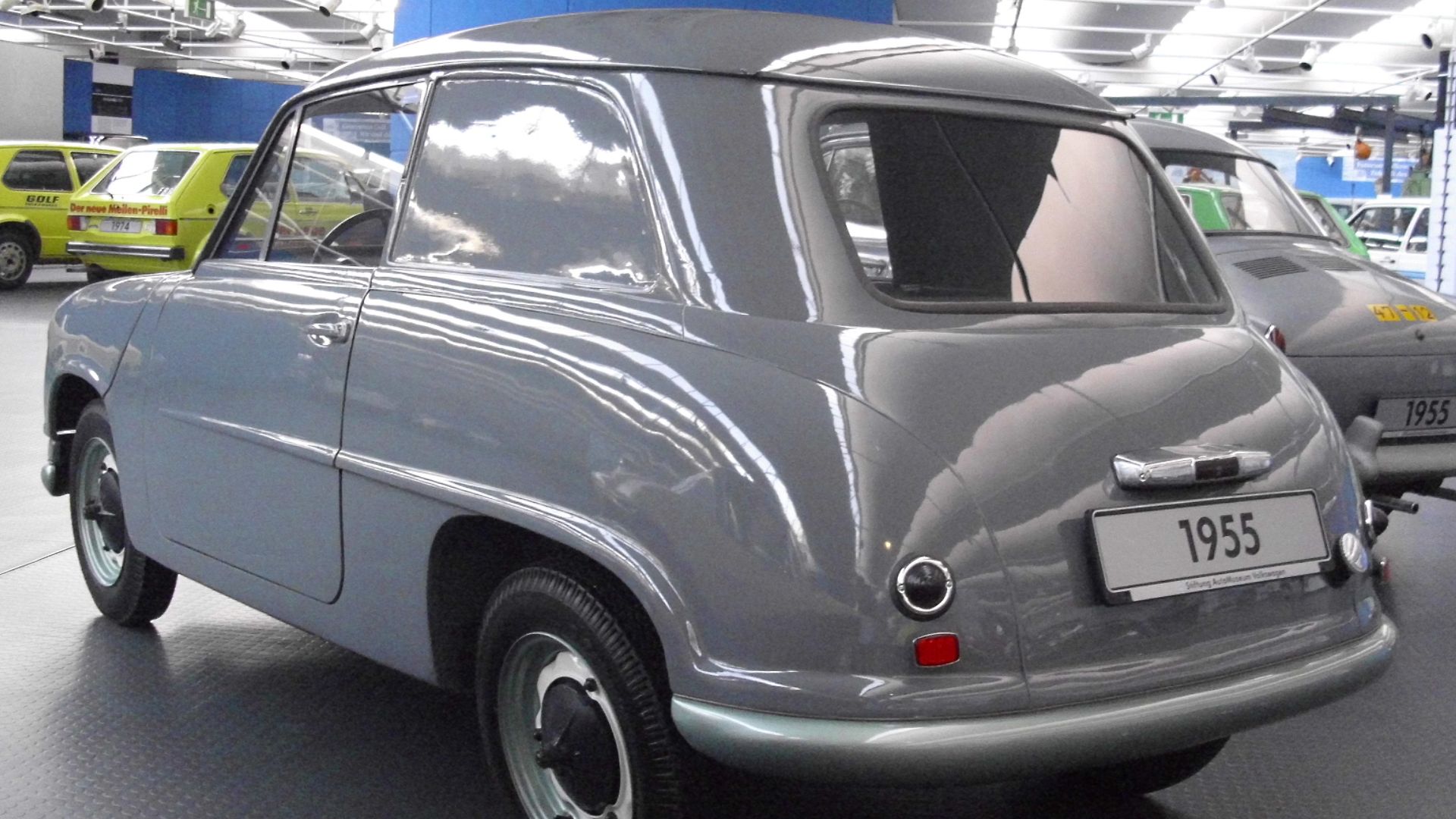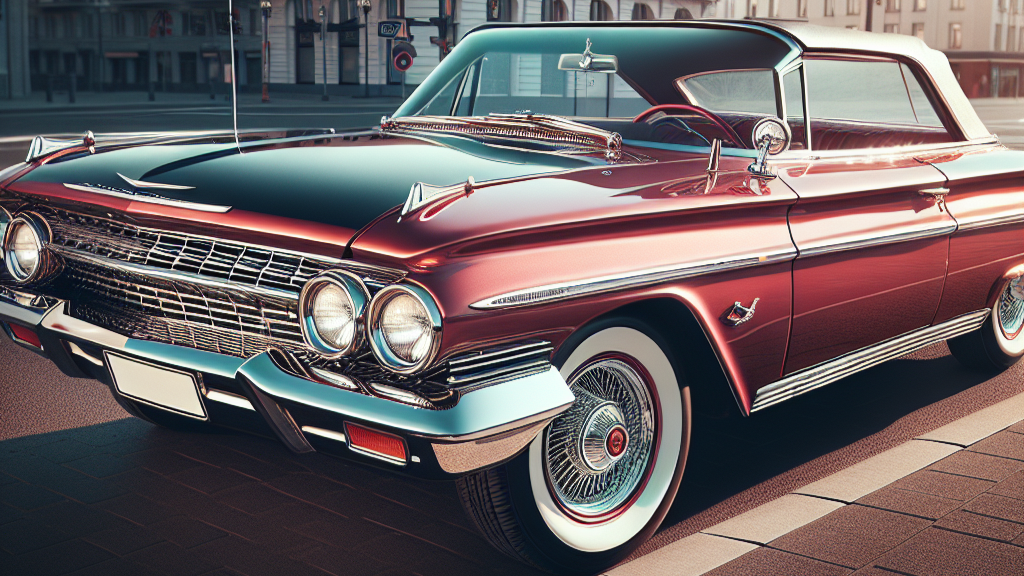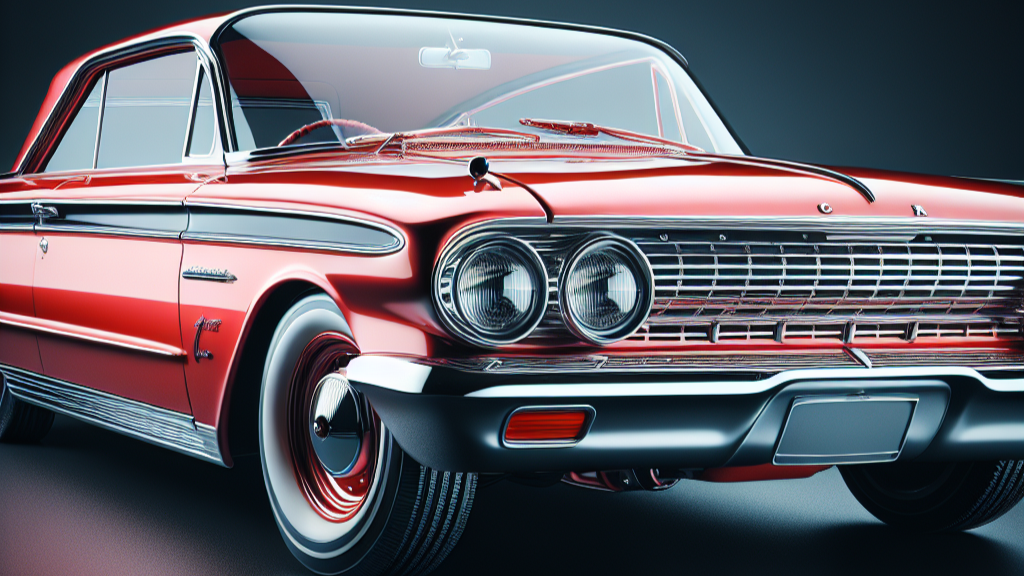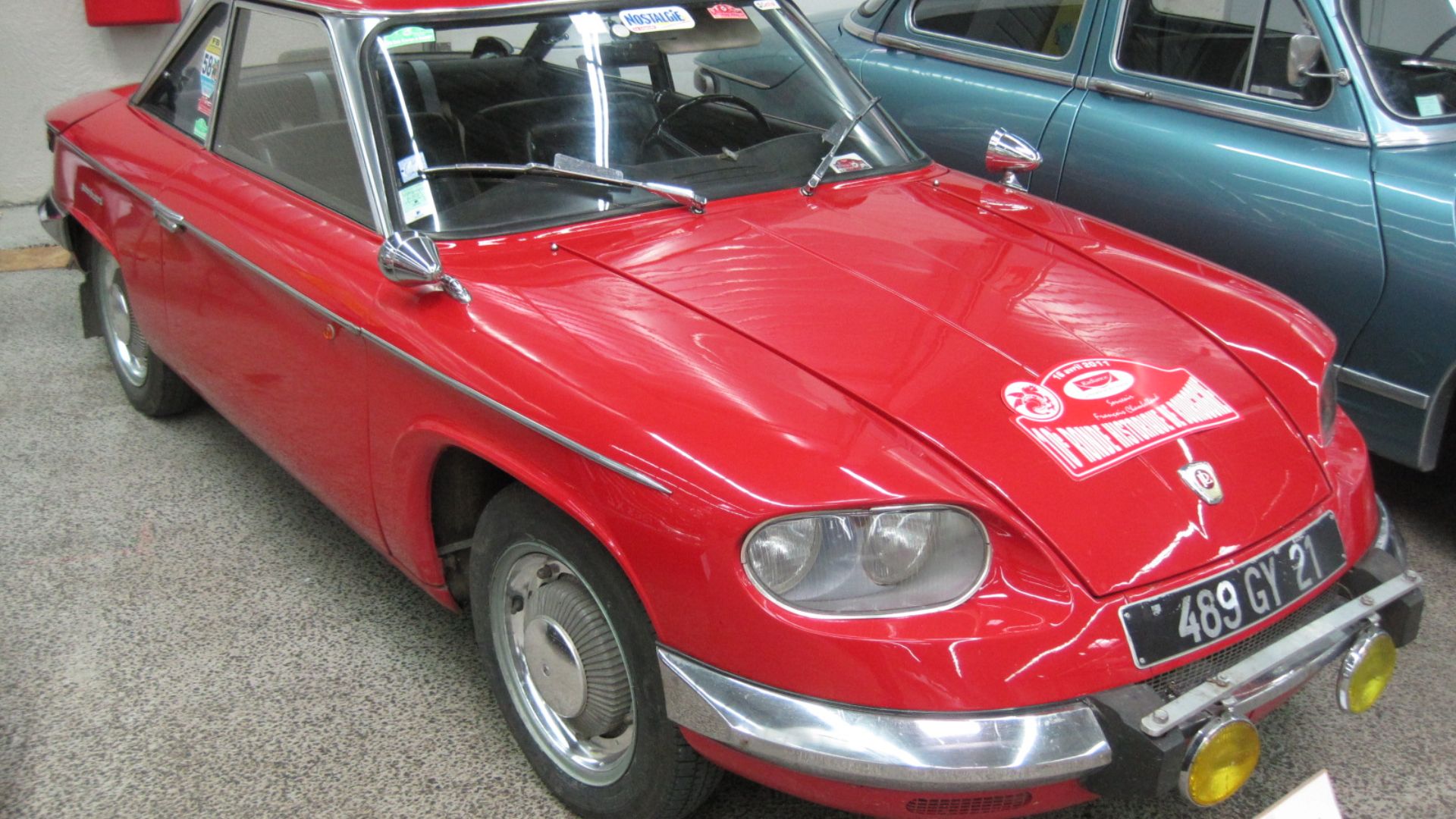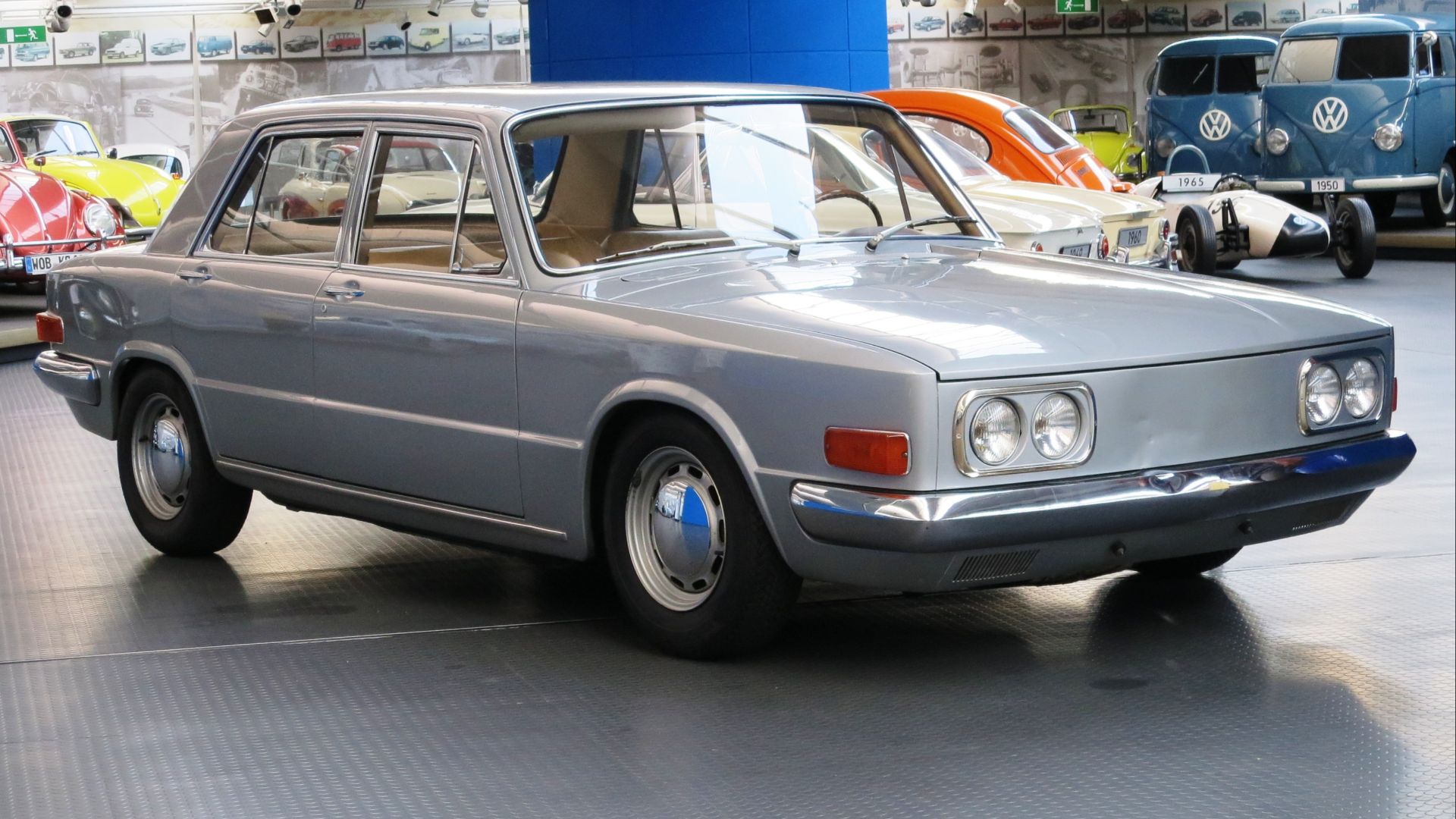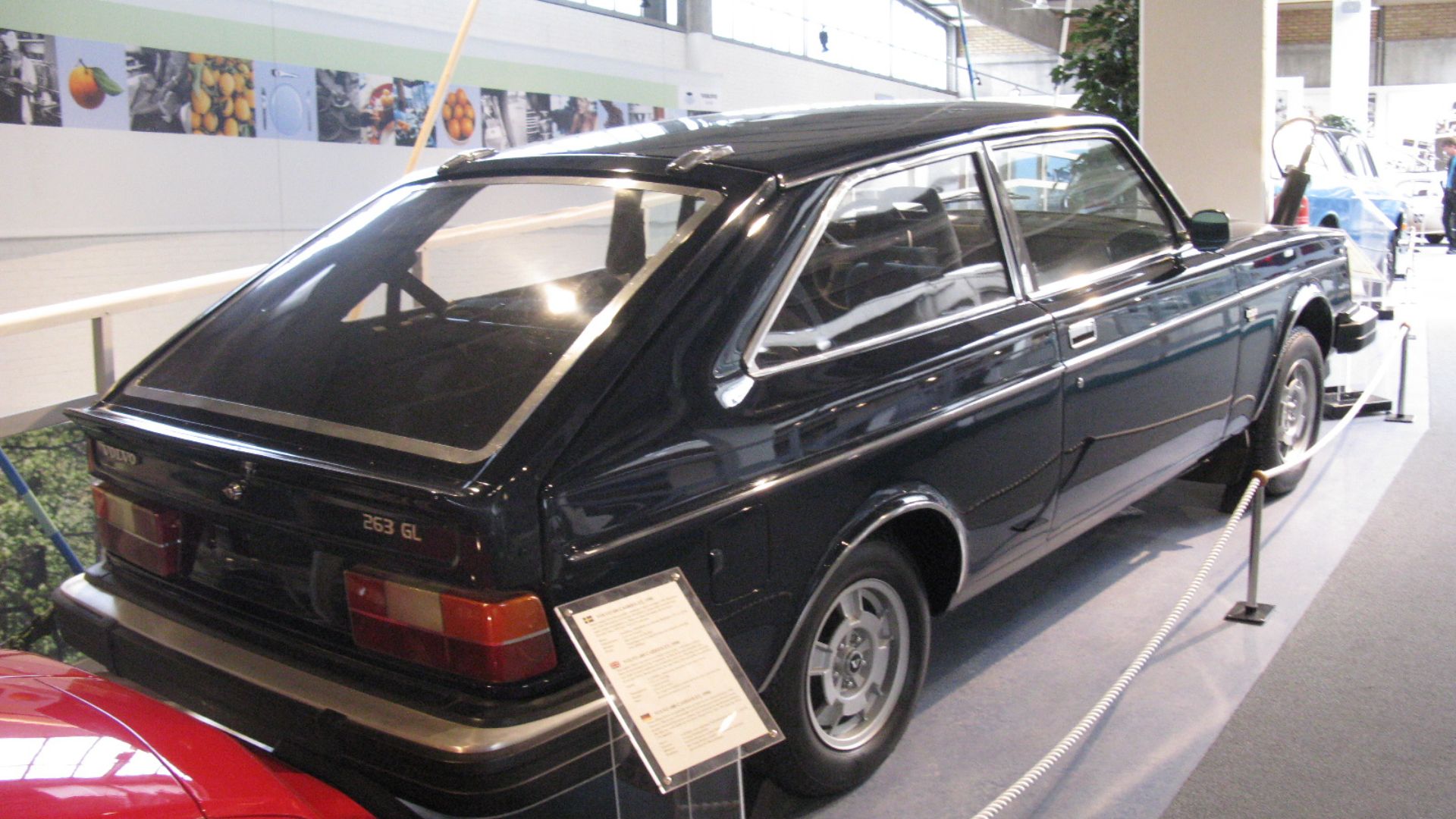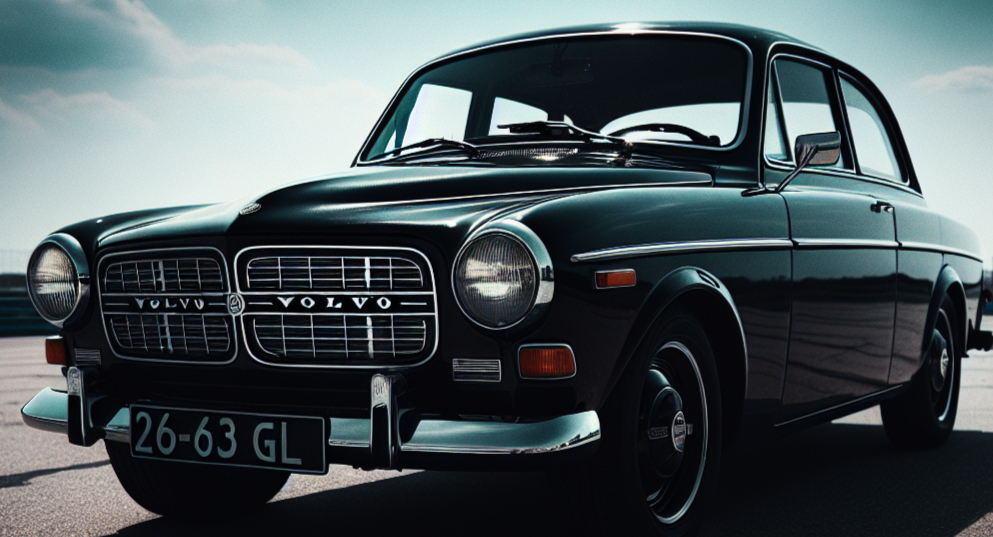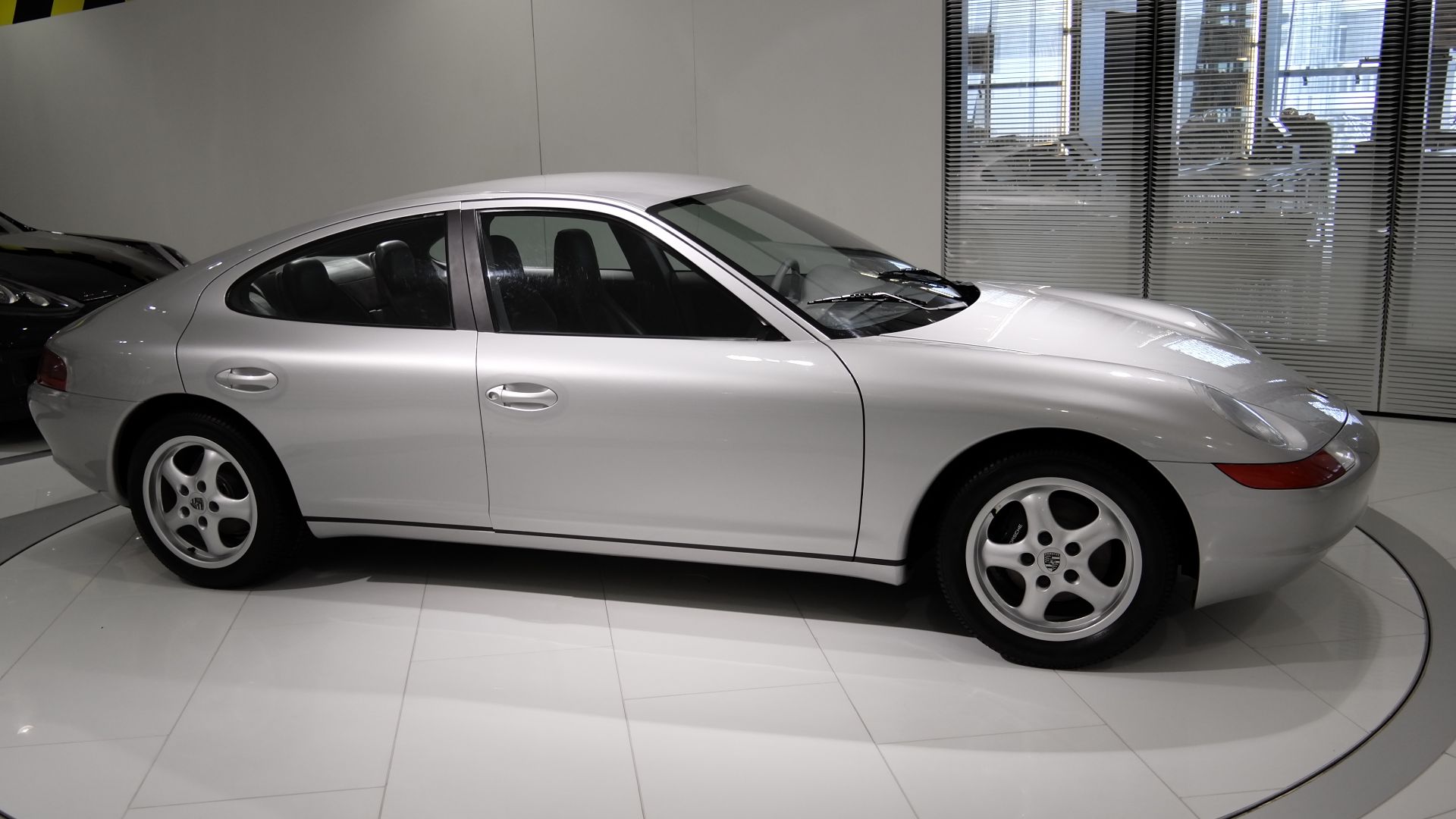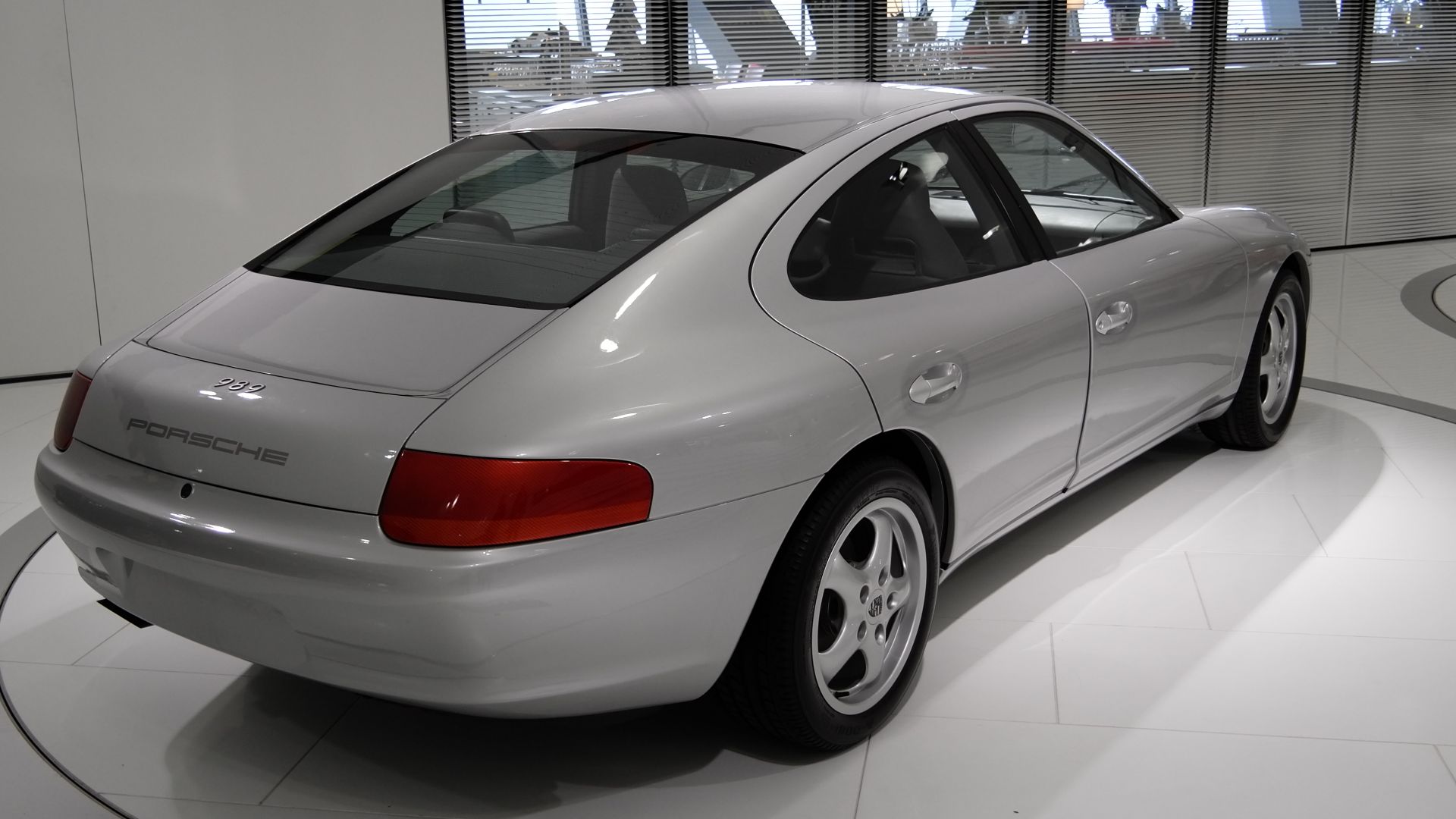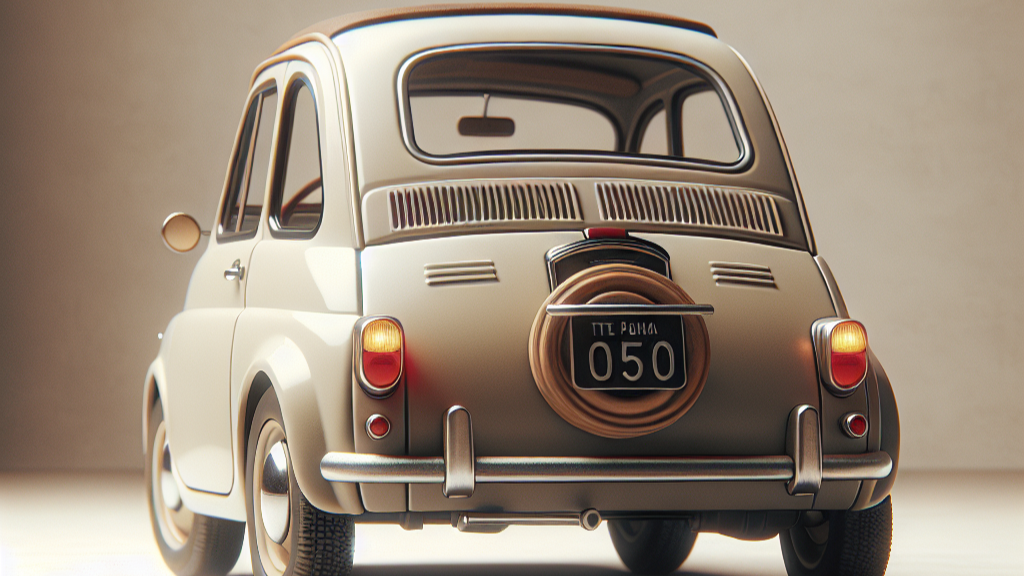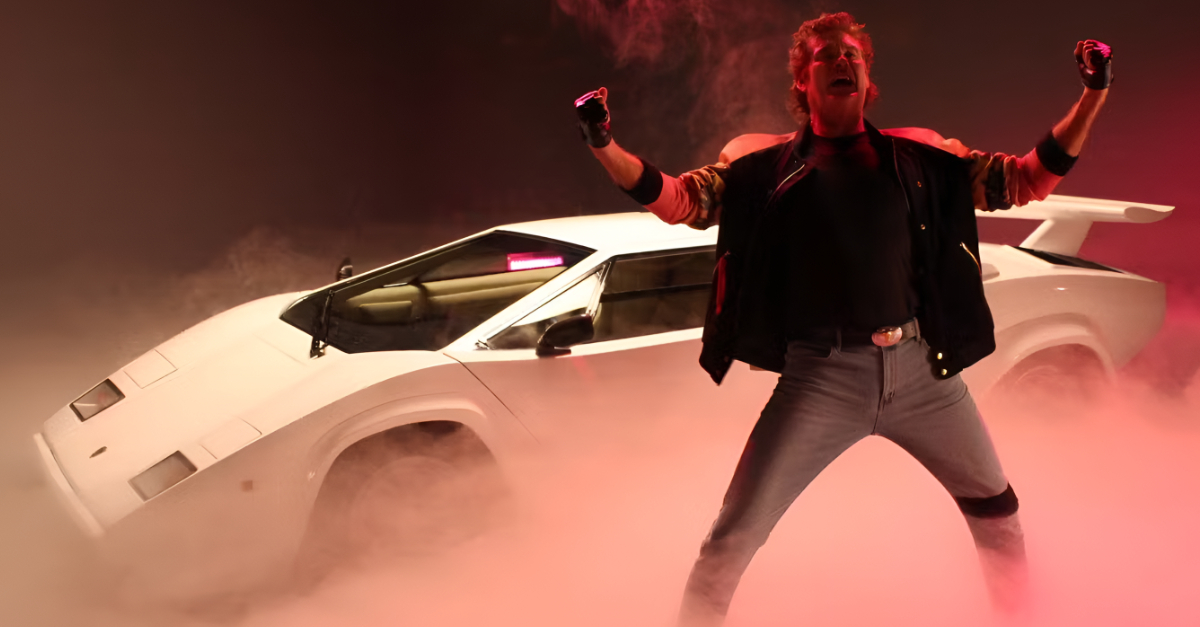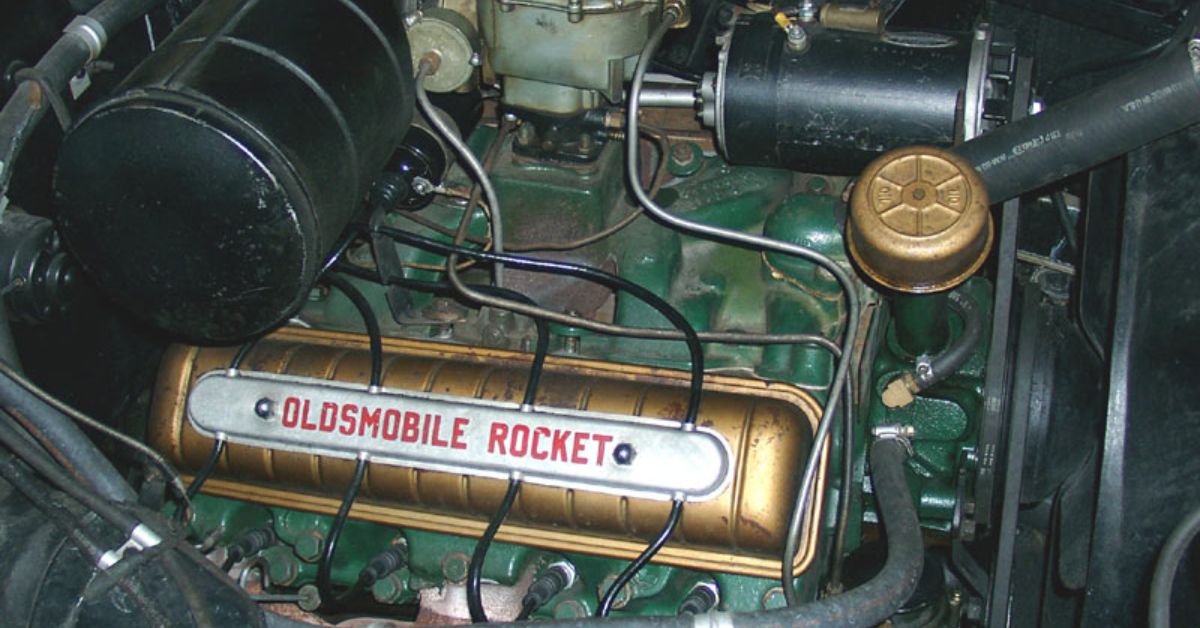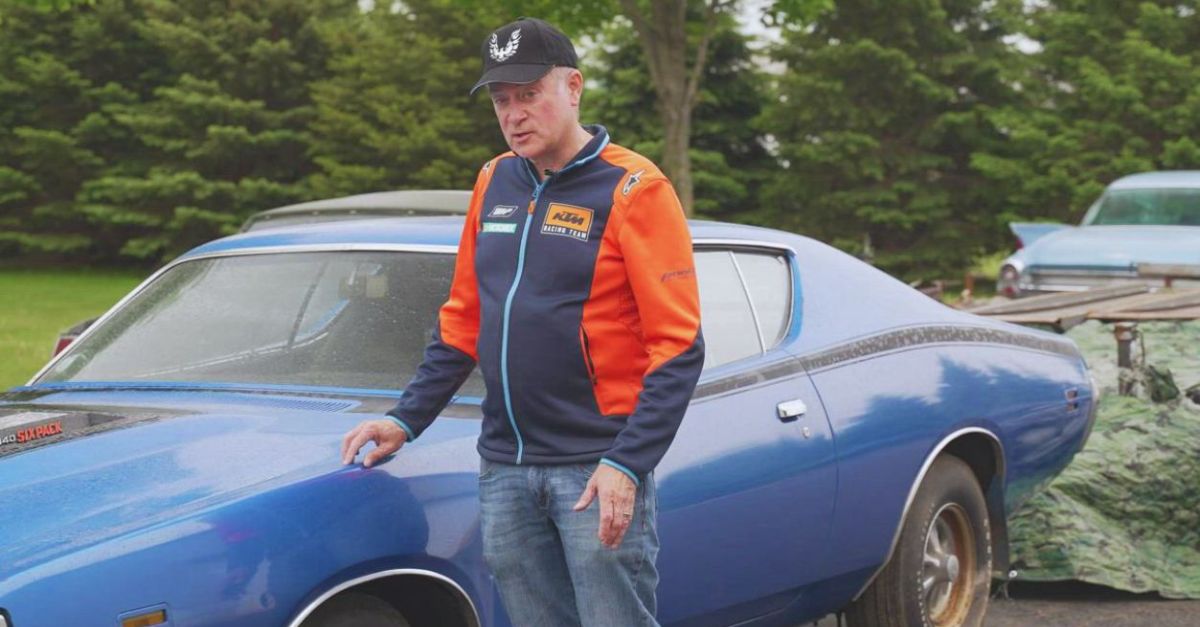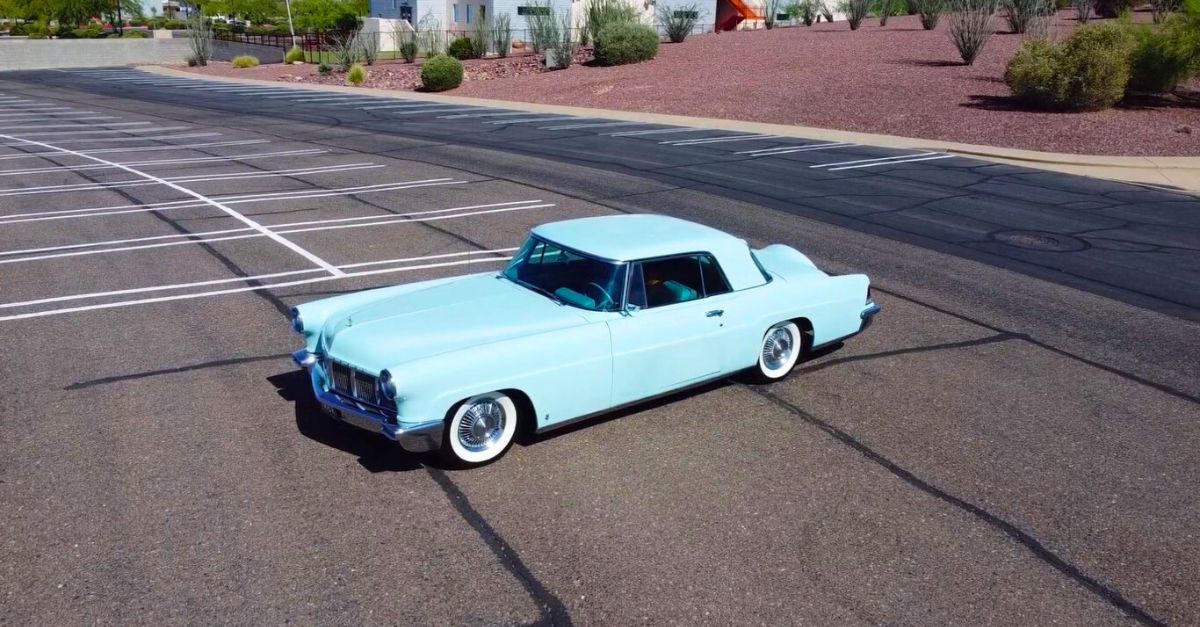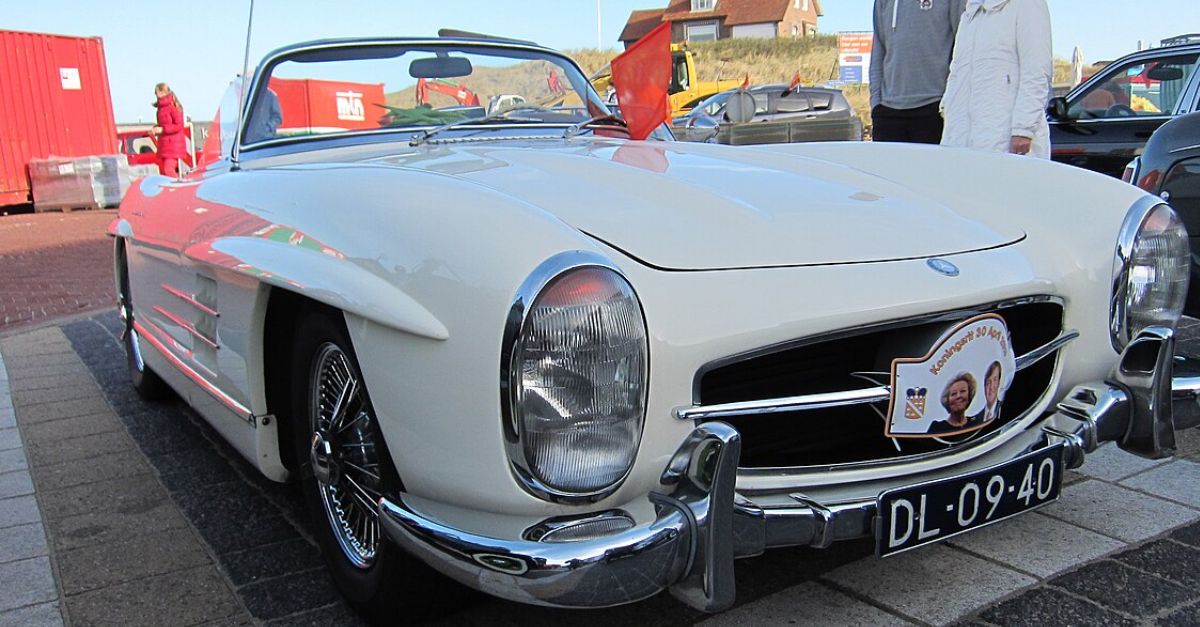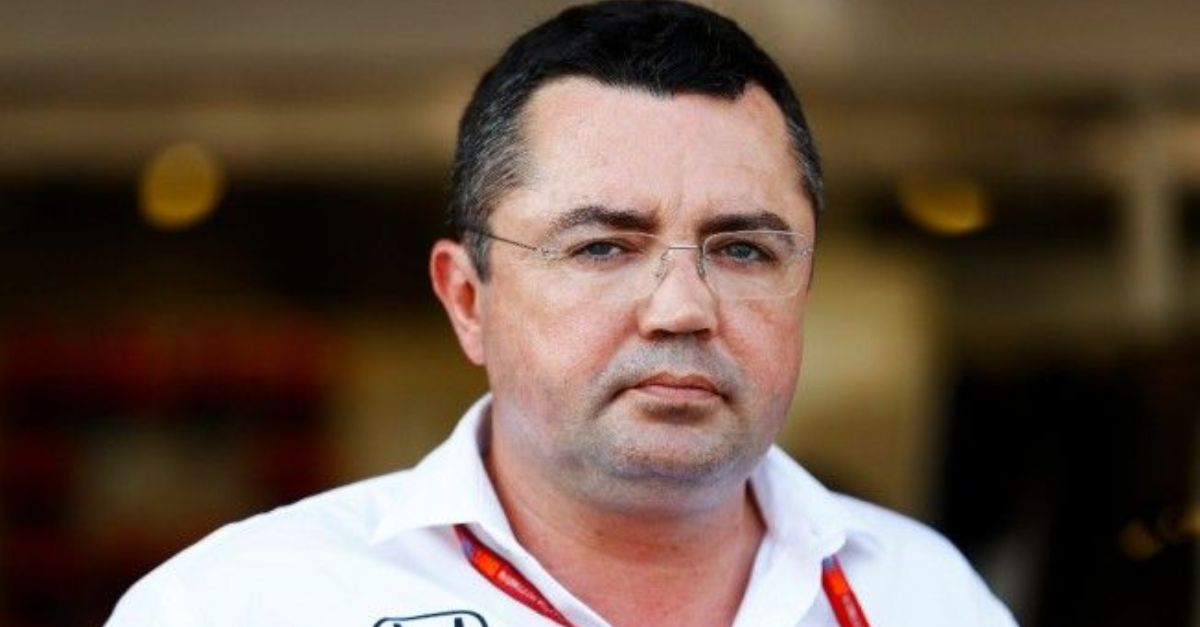Secrets On Wheels
The automotive world thrives on innovation—but not every brilliant idea gets its time in the sun. Hidden in dusty archives and behind the walls of secret R&D departments lie vehicles that could have changed the roads forever. Whether they were too bold, too weird, or just badly timed, these secret prototype cars never saw the showroom spotlight.
Volkswagen EA-48
The Volkswagen EA-48 was a post-war attempt at affordable innovation. Designed in 1955, this little car was way ahead of its time. It featured front-wheel drive, a boxer engine, and a compact unibody construction—all features that would become common decades later. This proto-hatchback looked almost like a toy, with its stubby dimensions and simplistic styling.
Volkswagen EA-48–The Drawback
Unfortunately, the EA-48 was too radical for its own good. VW executives were worried it would cannibalize Beetle sales and confuse loyal customers with its front-wheel drive configuration. It also lacked the proven durability of existing VW models. So instead of rolling off production lines, the EA-48 quietly disappeared into the vaults of “what could’ve been.”
Renault Project H
Project H was Renault’s sleek, wedge-shaped response to the futuristic car designs of the 1960s. Penned by the legendary designer Marcello Gandini, it had sharp angles, hidden headlights, and the kind of profile that screamed sci-fi starship. Underneath the hood, it wasn’t just about looking cool—it was meant to be lightweight and aerodynamic.
Renault Project H–The Drawback
Project H was scrapped mid-development due to unrealistic sales forecasts—Peugeot and Renault had hoped to produce up to 200 units a day, but executives quickly saw the numbers didn’t add up. Its ambitious V8 engine and rear-wheel-drive layout were left incomplete, and the focus shifted to more practical compact models.
Saab Catherina
Designed in 1964 by Sixten Sason, the Saab Catherina was a charming little coupe with a targa-style roof. Built on the Saab 96 chassis, it looked like a sports car for the sensible Scandinavian set. Pop-up headlights and minimalist lines gave it a futuristic feel without straying too far from Saab’s design ethos.
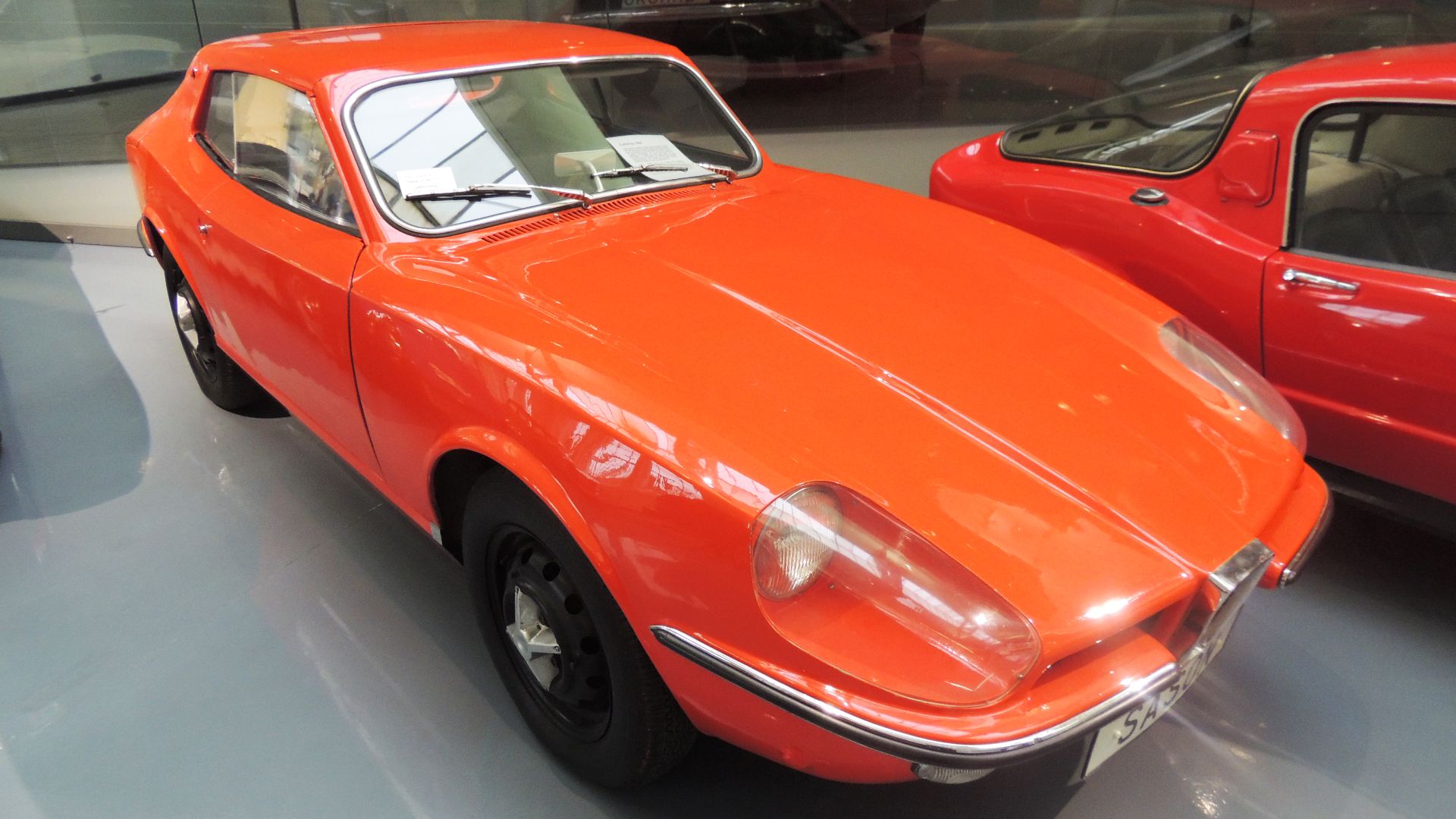 Lukasz19930915, Wikimedia Commons
Lukasz19930915, Wikimedia Commons
Saab Catherina–The Drawback
In a twist worthy of a design soap opera, Saab chose another concept—the MFI13—as the basis for their production sports car, the Sonett. Despite initial buzz, it got sidelined by Saab’s conservative instincts and never made it past the prototype stage.
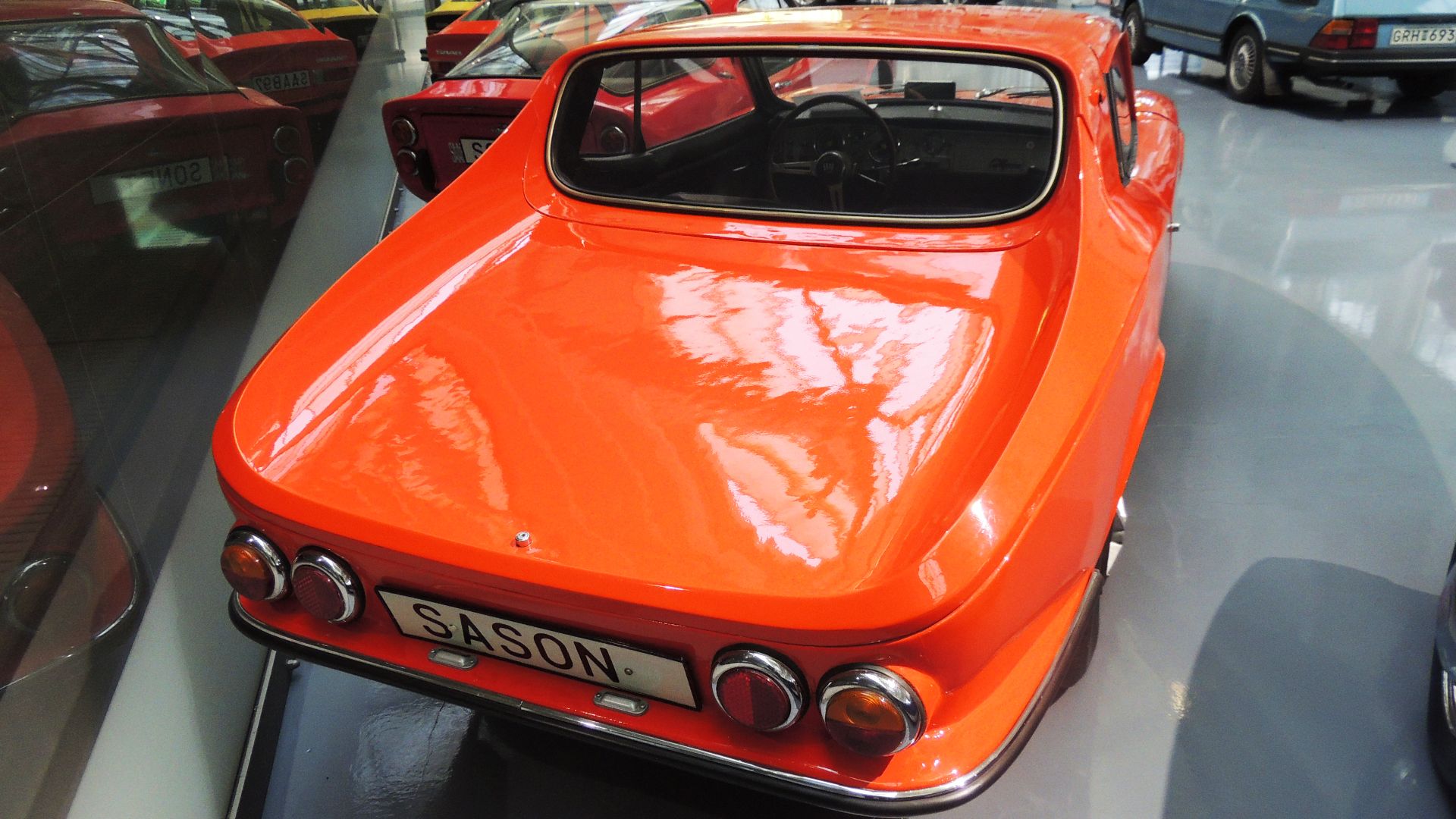 Lukasz19930915, Wikimedia Commons
Lukasz19930915, Wikimedia Commons
Lamborghini Cheetah
Yes, Lamborghini once tried to build a military vehicle. The Cheetah was an American-inspired, desert-conquering prototype developed in the late 1970s. It had a big rear-mounted Chrysler V8, massive off-road tires, and a boxy, utilitarian body. The idea was to win a government contract and show the world that Lambo could do more than make poster-worthy supercars.
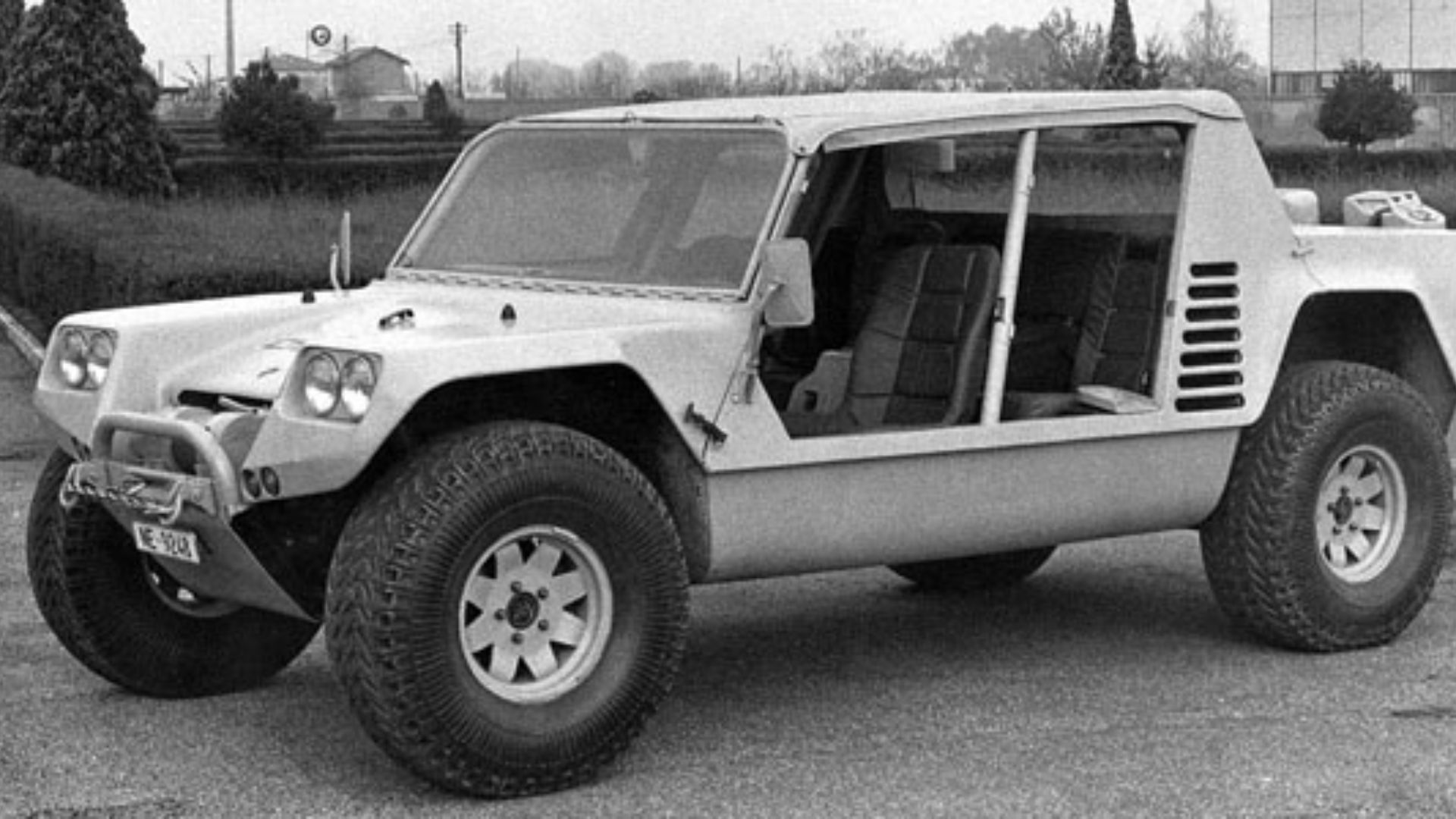 Unknown photographer, Wikimedia Commons
Unknown photographer, Wikimedia Commons
Lamborghini Cheetah–The Drawback
Let’s just say it didn’t go well. The rear-engine layout gave it terrible handling off-road, and US officials weren’t impressed. Lamborghini burned resources on the project and ended up abandoning it. The Cheetah paved the way for the later LM002, but this early beast was a flop.
Panhard 24 CT
This French curiosity was sleek, lightweight, and distinctly avant-garde. Built by Panhard (before they merged with Citroën), the 24 CT looked like a mini grand tourer with clean lines, innovative packaging, and quirky charm. Its small two-cylinder engine was surprisingly peppy, and its space-efficient design made it a tech showcase for its era.
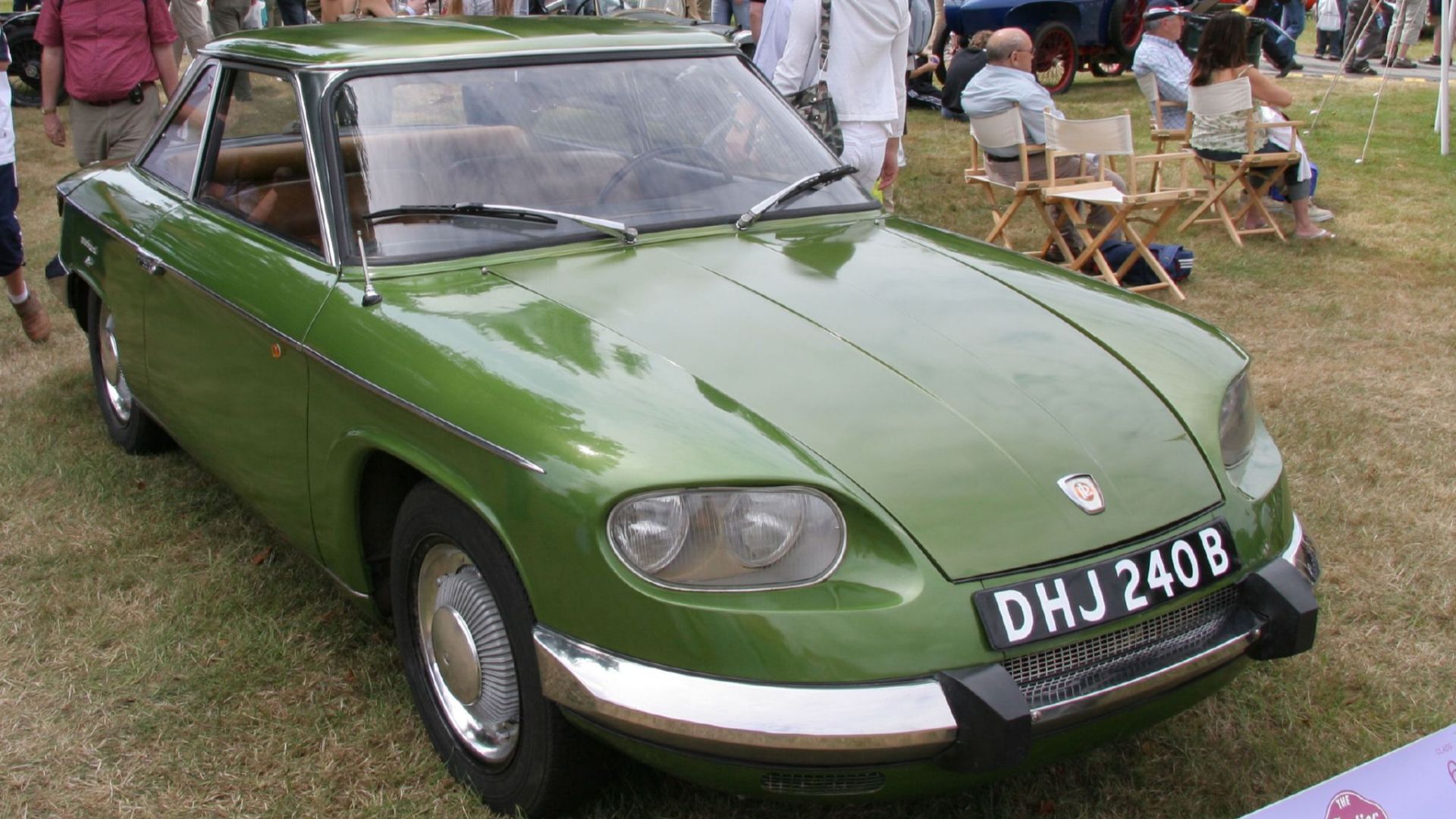 Brian Snelson from Hockley, Essex, England, Wikimedia Commons
Brian Snelson from Hockley, Essex, England, Wikimedia Commons
Panhard 24 CT–The Drawback
The problem? Timing. Citroën had just acquired Panhard and wasn’t keen on letting the smaller brand compete with its own lineup. Worse, the engine was underwhelming by the time the car was ready, and sales never justified mass production. So while the 24 CT got limited release, it never reached its full potential—and Panhard as a brand was shuttered soon after.
Porsche 984
This was Porsche’s attempt in the 1980s to build a small, affordable roadster that captured the thrill of driving without the financial sting. The 984 was light, nimble, and packed with futuristic features—like active aerodynamics and a compact mid-engine layout. It was meant to be a Porsche for the people.
 Porsche 984 Prototype - 25 years of Boxster - Porsche Museum Stuttgart, DrGumoLunatic
Porsche 984 Prototype - 25 years of Boxster - Porsche Museum Stuttgart, DrGumoLunatic
Porsche 984–The Drawback
Unfortunately, Porsche’s finances at the time were a mess. The company couldn’t justify sinking money into a new platform when sales were struggling. The project was quietly shelved, though many of its ideas resurfaced in the more successful Boxster years later.
 Porsche 984 Concept / Museum Secrets, Eric Lund
Porsche 984 Concept / Museum Secrets, Eric Lund
Fiat Panda 4x4
The Fiat Panda 4x4 was beach-buggy-meets-Alpine-hatchback with roll bars, plastic panels, and a vibe that screamed “adventure on a budget.” Imagine something you'd see parked next to a surf shack or halfway up a volcano.
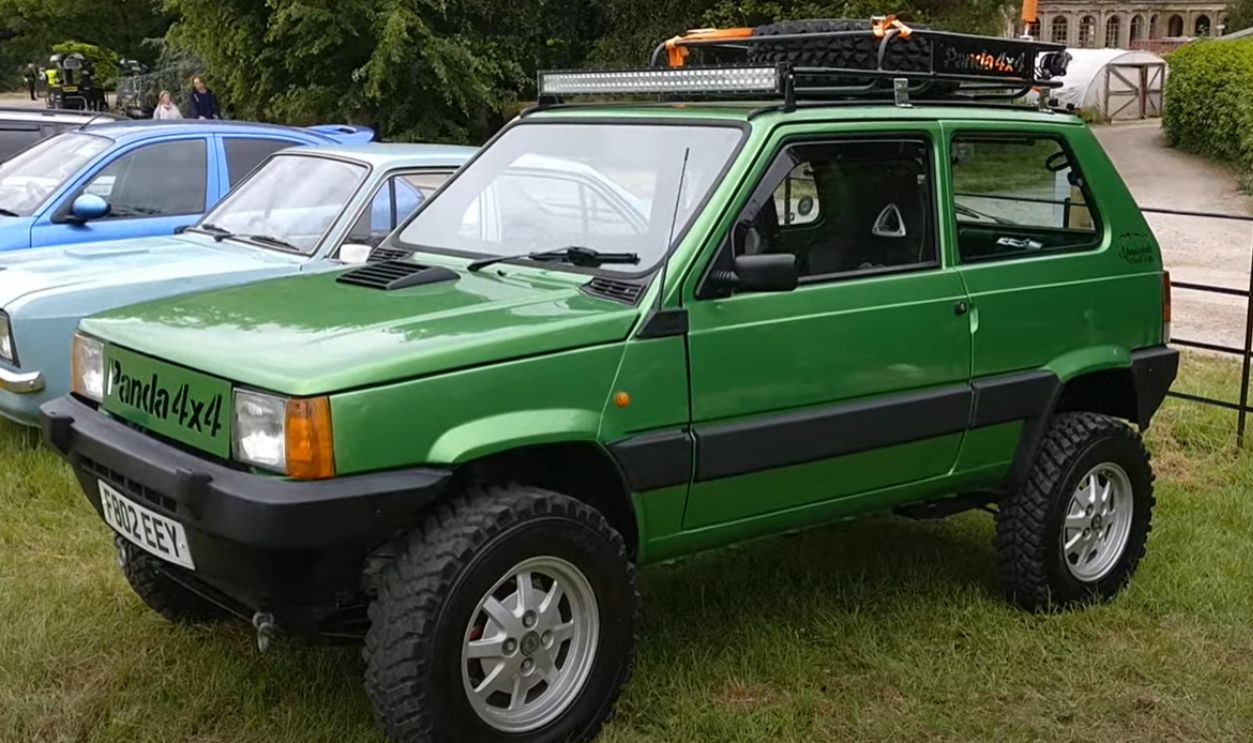 Fiat Panda 4x4 , Fur Cough Classic Cars
Fiat Panda 4x4 , Fur Cough Classic Cars
Fiat Panda 4x4–The Drawback
Unfortunately, around that time beach car market sales simply dried up, making further development a financial no-go. Steyr-Puch tried to salvage the open-topped Panda by pitching it to the Italians as a replacement for their aging Campagnola fleet. When officials passed on the idea, the civilian version never got the green light either, leaving the prototype to gather dust instead of sand.
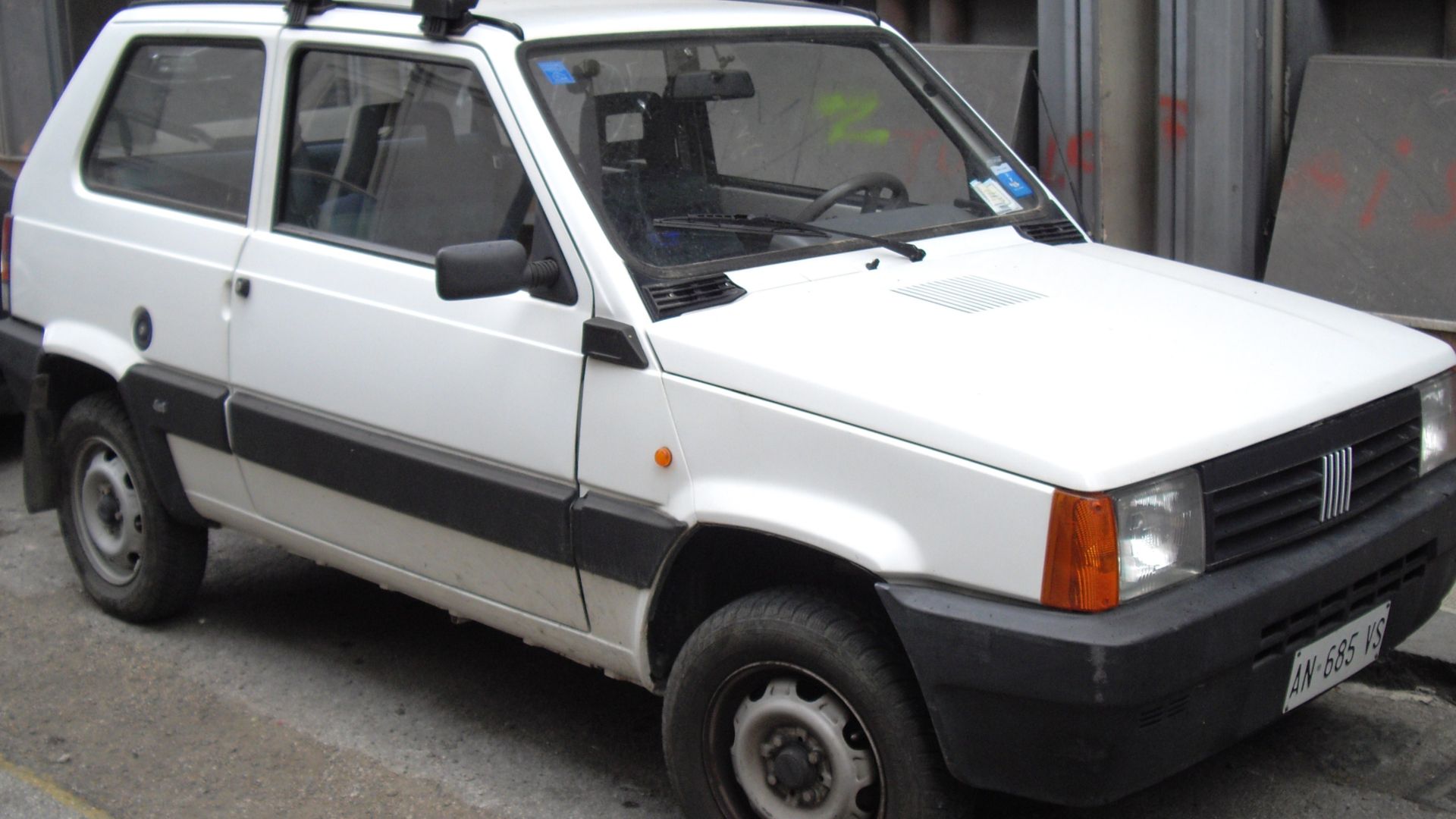 Corvettec6r, Wikimedia Commons
Corvettec6r, Wikimedia Commons
Volkswagen EA-128
Think of the EA-128 as the Beetle’s ambitious older sibling who came back from a semester abroad with big luxury dreams. Developed in the early 1960s, this prototype was a radical departure for VW—a large executive sedan based loosely on the Beetle’s platform but significantly stretched and packed with ambitions.
Volkswagen EA-128 – The Drawback
The EA-128’s biggest issue? Identity crisis. VW’s image was tightly tethered to simplicity, affordability, and reliability—not opulence. Producing a premium sedan under the same badge as the Beetle felt jarring. On top of that, the car was heavy and underpowered compared to competitors. The project was canned after just a few prototypes, and VW left the luxury game to its cousin Porsche…at least until Audi took the reins years later.
Volvo 263 GL
Volvo’s 263 GL was a bold attempt to turn the brand’s famously boxy design into something chic. Based on the 260 Series, this rare prototype coupe featured a sleeker roofline and luxurious flourishes, including leather interiors and upscale trim. It was envisioned as a European alternative to American personal luxury coupes like the Cadillac Eldorado or the Mercedes SLC.
Volvo 263 GL–The Drawback
While it looked snazzy by Volvo standards, the 263 GL was a tough sell. Volvo's loyal customer base wasn’t looking for glitz—they wanted safe, practical tanks. Internally, the project was hampered by cost concerns and the lack of a suitable platform to handle more refined dynamics. So, Volvo quietly axed it.
Porsche 989
Before the Panamera existed, Porsche had already flirted with the idea of a four-door rocket. Enter the Porsche 989—a sleek, fast, front-engined sedan concept developed in the late 1980s. The 989 was designed to blend styling cues with the practicality of a family car, and it even had a new V8 engine that was supposed to deliver Porsche-grade performance.
Porsche 989–The Drawback
The timing couldn’t have been worse. Porsche was struggling financially in the early '90s and had to cut non-essential projects. The 989’s development costs ballooned, and internal doubts grew about how purists would respond to a four-door Porsche. The plug was pulled, but the idea lived on—decades later, the Panamera finally realized what the 989 started.
Puch Roadster S
Puch, better known for mopeds and motorcycles, once dabbled in minimalist car design with the Roadster S. This microcar was the definition of “bare essentials”—small enough to fit in your garden shed and light enough to push uphill if it broke down. With basic seating, an open top, and barely-there panels, the Roadster S blurred the line between car and large toy.
Puch Roadster S–The Drawback
The Roadster S was charming in a quirky, what-the-heck-is-that kind of way—but it was also wildly impractical. It offered little weather protection, few safety features, and almost no storage. The S in “Roadster S” might’ve stood for “speculative,” because it never got past prototype stages. It’s now a curiosity for niche collectors who appreciate Austrian weirdness on wheels.
You May Also Like:
The Most Insane Road Trips For Car Lovers
The Greatest British-Built V8 Engine Cars Ever
Cars That Were Miles Ahead Of Their Time
Source: 1

